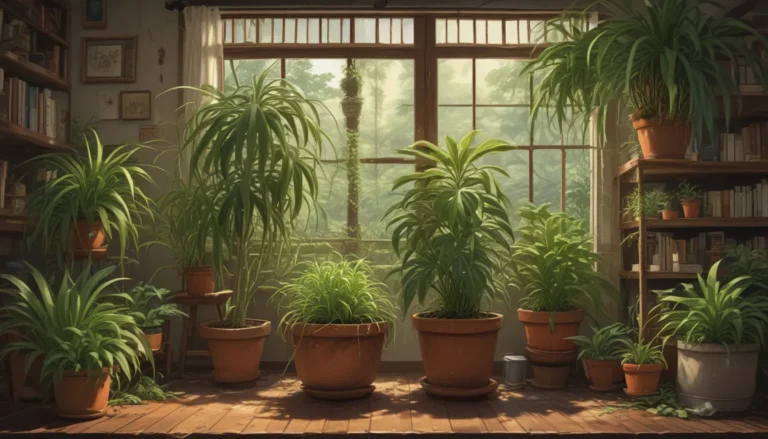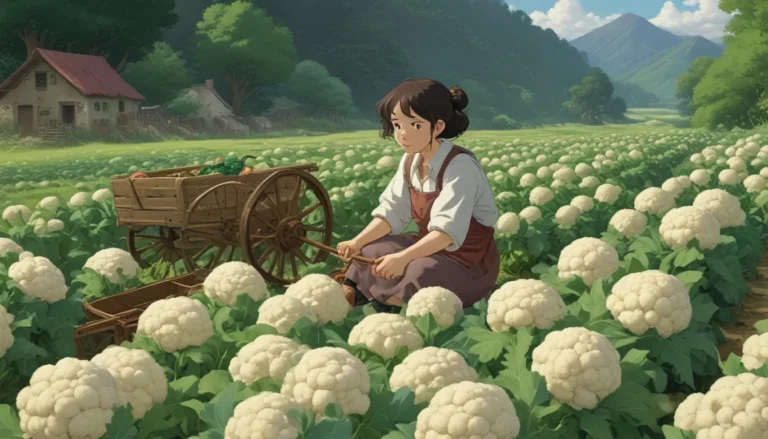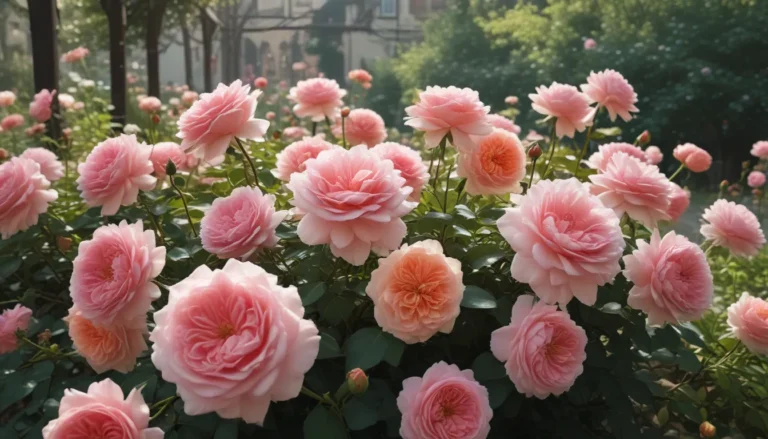Ultimate Guide on Growing Belgian Endive

Belgian endive, with its delicate bitterness, nutty flavor, and crisp texture, is a welcome addition to any winter garden. Known for its unique growing process and distinct flavor, Belgian endive offers a rewarding gardening challenge that not only provides fresh veggies during the winter but also allows for an exciting new experience in your garden.
So, buckle up and get ready to embark on this journey of growing Belgian endive. While it may not be the easiest plant to grow, the rewards are definitely worth the effort. In this comprehensive guide, we will cover everything you need to know to successfully grow and harvest Belgian endive.
What Is Belgian Endive?
Belgian endive, formally known as Cichorium intybus var. foliosum, is often confused with regular endive (C. endivia). Although closely related, Belgian endive stands out with its compact, pale yellow heads and cylindrical shape. Also referred to as French endive, witloof, chicory, succory, or chicons, this vegetable is a part of the Asteraceae family and offers a slightly bitter flavor with a hint of nuttiness.
Belgian endive is a biennial vegetable that thrives in USDA Hardiness Zones 4-9. It boasts a rich nutritional profile, containing essential vitamins such as B, C, and K, as well as minerals like calcium, iron, zinc, and potassium.
Cultivation and History
Belgian endive is believed to have originated in the Mediterranean region and Asia, where it was initially cultivated for its long taproot, used as a coffee substitute. The modern cultivation of Belgian endive traces back to 1830 when Jan Lammers, a Belgian farmer, discovered the delicate heads emerging from chicory roots in his cellar. This discovery led to the development of the Belgian endive we know today.
Propagation
To successfully grow Belgian endive, it’s crucial to prepare the soil adequately. Plant the seeds in loose, well-draining, and nutrient-rich soil to ensure optimal growth. It’s advisable to conduct a soil test before planting to understand the soil’s condition and make necessary amendments. Remember not to add manure during planting, as it can encourage excessive leafy growth at the expense of root development.
Plant the seeds a quarter of an inch deep in the early spring or early fall, depending on your region’s climate. Belgian endive thrives in full sun but may require some shade in hotter climates. Ensure proper spacing between plants, and maintain soil moisture throughout the growth phase to encourage deep root growth.
How to Grow
After planting the seeds, the key to successful Belgian endive cultivation lies in proper watering and maintenance. Keep the soil evenly moist, prioritize root development, and monitor for pests and diseases. Belgian endive requires minimal fertilization if the soil was adequately prepared during planting.
The unique feature of growing Belgian endive lies in the second step: forcing heads. Once the roots have matured, uproot the plants, cut off the leaves, and force the second head formation in a dark, cool environment. This multi-step process results in tender, creamy white heads with a distinct flavor.
Growing Tips
- Keep the soil moist to support root growth.
- Provide full sun or partial shade depending on your climate.
- Harvest roots after about 80 days and initiate the forcing and blanching process.
Cultivars to Select
While true species Belgian endive is commonly available under generic names, several cultivars offer unique features worth exploring. From ‘Flash’ that simplifies the forcing process to ‘Totem’ with large, uniform heads, selecting the right cultivar can enhance your Belgian endive growing experience.
Managing Pests and Disease
Belgian endive’s resilience makes it less susceptible to pests and diseases. However, be mindful of common threats like deer, rabbits, voles, aphids, and slugs. Implement preventive measures such as fencing, traps, and organic treatments to protect your plants and ensure a healthy harvest.
Harvesting and Preserving
Once the heads reach maturity, it’s time to harvest by slicing them at the base using sharp tools. Store unwashed heads in the refrigerator for up to a week, or explore freezing or pickling options to extend the shelf life.
Recipes and Cooking Ideas
From salads to braising, Belgian endive offers versatile culinary options. Experiment with stuffing the leaves, roasting over an open flame, or braising in olive oil for a unique flavor experience. Surprise your loved ones with decorative containers of forced Belgian endives during the holidays for an impressive and delicious gift.
Quick Reference Growing Guide
- Plant Type: Leafy biennial vegetable
- Maintenance: Low
- Native to: Mediterranean
- Hardiness (USDA Zone): 4-9
- Season: Spring, fall
- Exposure: Full sun to part shade
- Time to Maturity: 120+ days
- Spacing: 4-6 inches, rows 18-24 inches apart
- Planting Depth: 1/4 inch
- Height: 12 inches
- Spread: 6 inches
- Water Needs: Moderate
- Common Pests: Deer, rabbits, voles; Aphids, slugs, thrips
- Common Diseases: Anthracnose, bacterial soft rot, damping off, downy mildew, fusarium wilt
Dive into Growing Your Own Belgian Endive
Embark on the exciting journey of growing Belgian endive in your home garden. With patience, dedication, and the right information at your disposal, you’ll soon be harvesting your own delicious heads of Belgian endive. Share your experiences and adventures in the comments below, and connect with fellow Belgian endive enthusiasts to celebrate this unique and rewarding gardening experience. Happy growing!





